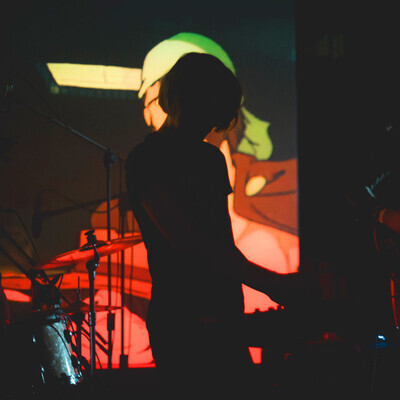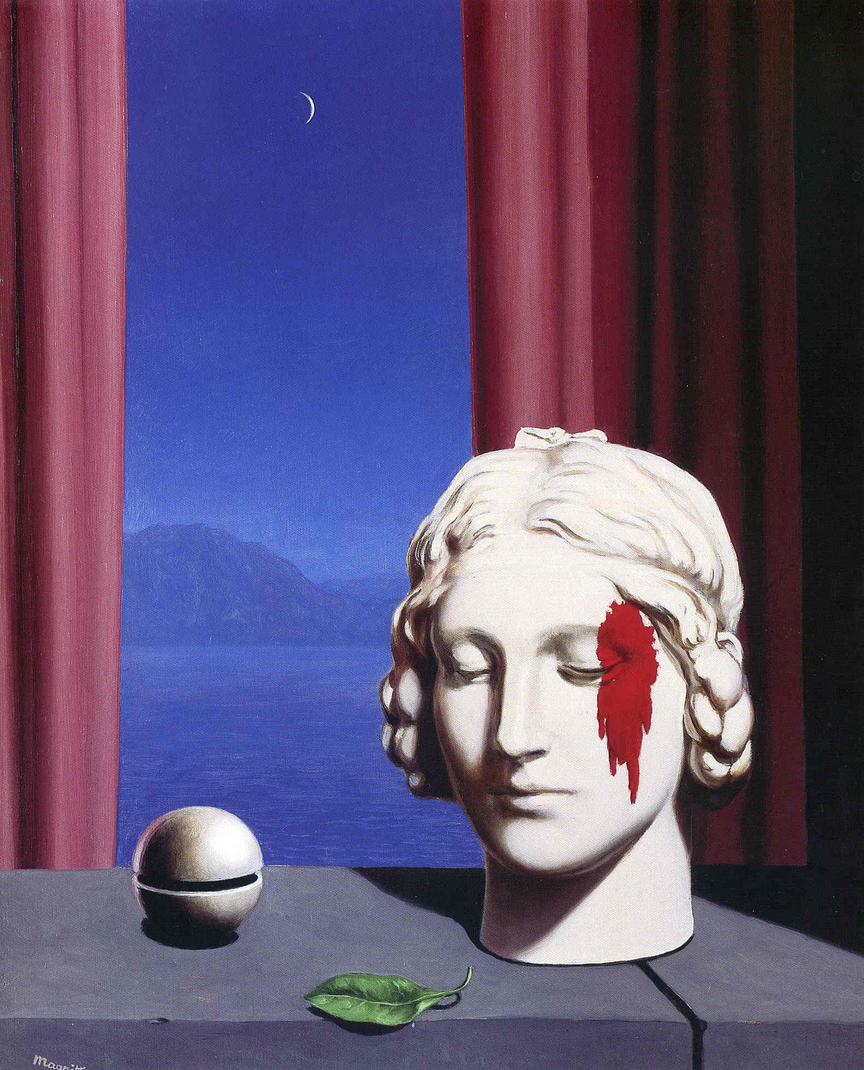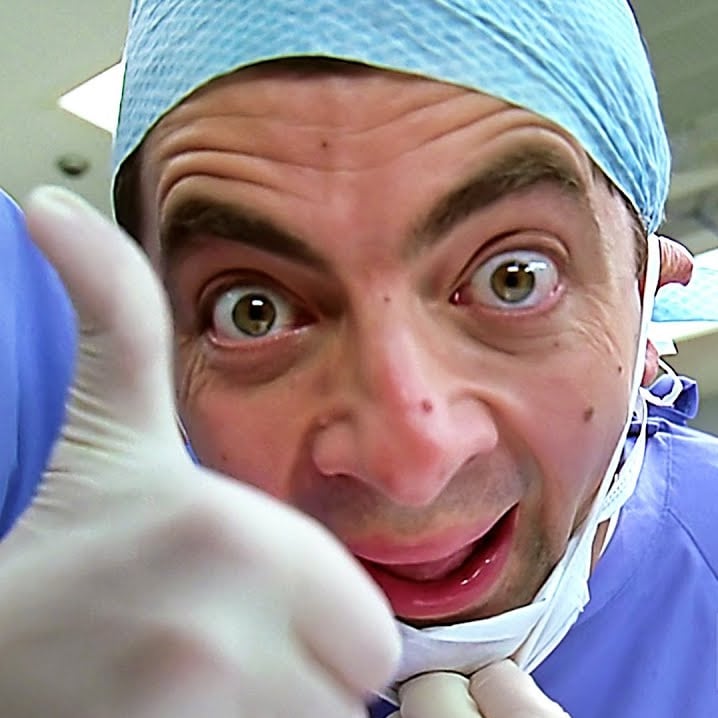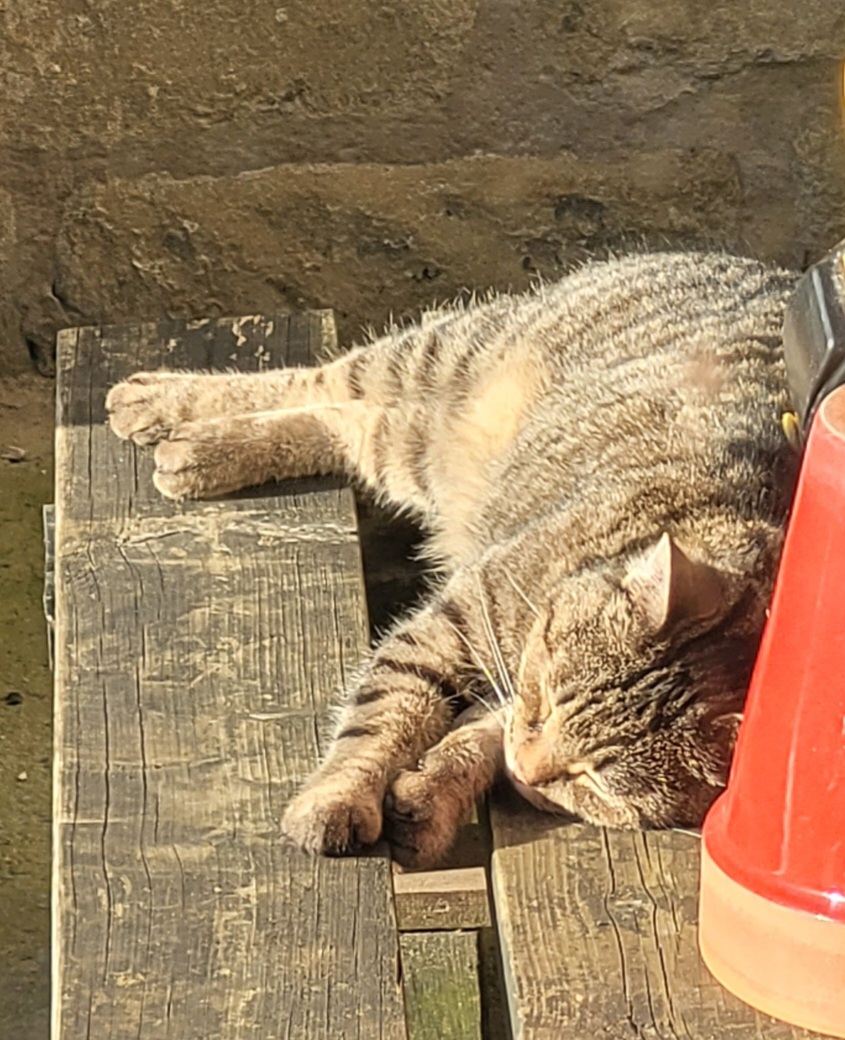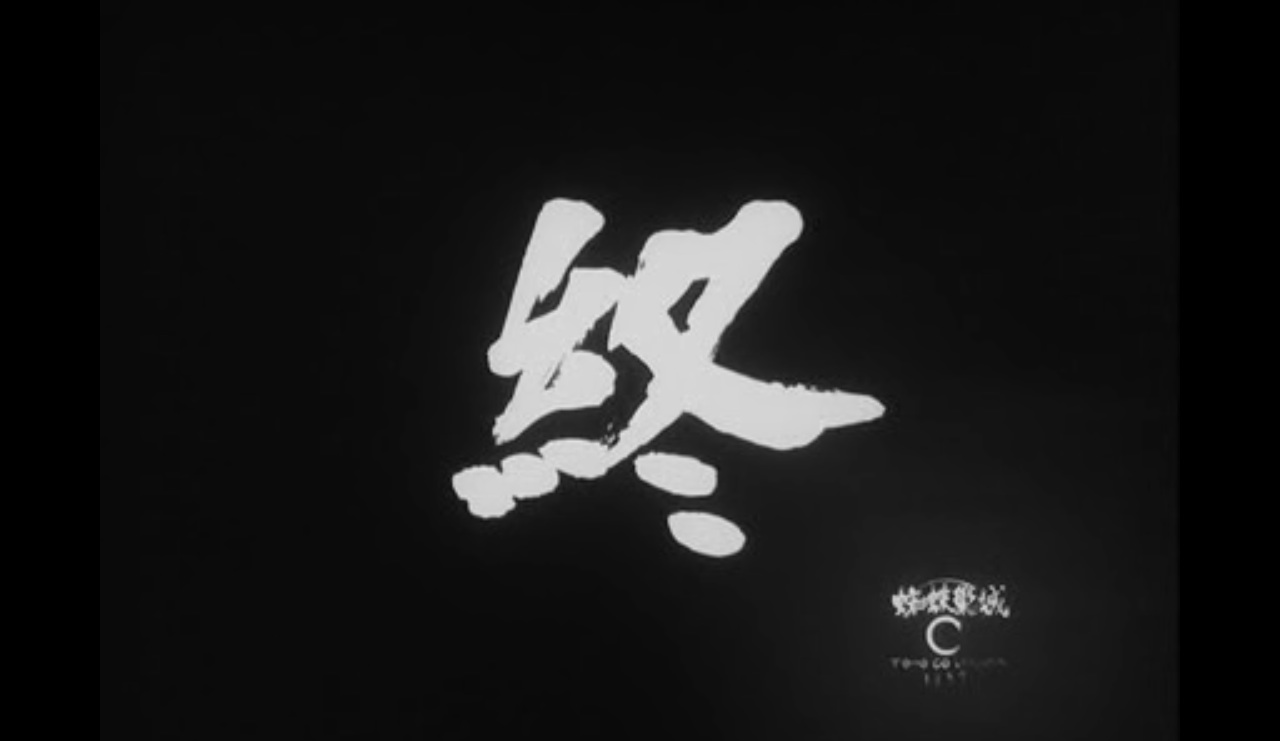Turns out early audio consoles with stereo didn’t have a pan knob. They had a pan switch. So choices were limited to left, right, or center (mono).
Wasn’t til later that the pan pot was invented allowing incremental panning and true stereo mixing.
That’s wild. But theoretically they could make two separate mono tracks, right? For example, a left mono track with 75% of what would have been an isolated left channel + 25% of the right channel and, similarly, a right mono track with 25% of what would have been an isolated left + 75% of the right. Then, sure, pan switch it fully to left and right.
That’s even more complicated.
Exactly. Plus the common use of mastering at the time was to optimize the recorded audio for printing on a vinyl disc, and if the grooves were too deep or the transitions too sharp it could cause the needle to skip out of the track.
If your average listener is going to be listening on a mono device then a smart thing to do would be to pan one thing consistently to one side and the other to the other as the mono needle isn’t going to care where it’s getting its vibrations from. That would give you more resolution and more depth for the cut, as long as the final disc was only played in mono.
I’m not saying that’s the case for every recording but I’m pretty sure it has happened quite a few times back then while they were still figuring everything out.
You have to understand that mixing consoles from that era were supremely limited in channels (think four, eight, later sixteen), to the point where they would often have to mix one section (say, the drums) and then record that mix to tape so it would take up a single channel and then do the guitar, bass, and vocals on another channel. The idea of having two of the same thing going through two channels was an exorbitant luxury they couldn’t afford!
I mean this is true but not about the '70s as the original post states. Even by the '60s they had sophisticated stereo audio mixers - they just cost hundreds of thousands of dollars instead of running on people’s phones like today.
The jump from mono to stereo made a lot of engineers’ heads spin. Then again, how many 100% perfect 5.1 albums have you heard?
Actually, I’ve listened to only three 5.1 remixes, all of them phenomenal albums to begin with, and their 5.1 jobs were pretty meh. Yoshimi Battles the Pink Robots came out pretty good, but mainly because they just fucked around and tried stuff.
I hate the “spatial” mixes.
Sometimes they’re done really well, but most of the time it’s just putting different parts of the song in different areas and makes it sound “diluted”.
Like, the guitar is in front of you, then the bass is behind and to the left… why??
You’re missing a key ingredient: Lysergic acid diethylamide.
In all other circumstances I agree with you.
Lysergic acid diethylamide doesn’t fix a bad mix.
You can still hear all the separate instruments surrounding you on a good regular mix, all the spatial does is break the interwoven sound.
My understanding is that most (at least rock) music is mixed this way, just subtle enough to help your brain pick out instruments but not enough to consciously notice.
Music is mixed that way, but spatial then takes a hammer to that concept.
It takes away the single interwoven sound and imo sounds like different tracks being played on opposite sides of the room.
I usually try the atmos mix for an album if it’s available on tidal, and usually all it ever does is remove the punch from songs.
Have you ever listened to Zaireeka appropriately? I haven’t, but that must be a headache to line up correctly.
It was a pain in the ass but me and a buddy got it working once. I was a young teen and this was long before weed helped me see more beauty in music, so I didn’t get much out of it, but as an adult it’d probably be different.
It’s a life goal!
Brian Wilson of The Beach Boys, who produced Pet Sounds, was actually deaf in one ear. Despite that, he got along just fine in a monophonic world, but the switch to stereo completely left him behind. It was a huge change in how music was mixed.
It makes sense. I bet it’s super hard, especially at first.
It’s largely a headphone problem, at least for me. I can’t listen to a song where certain tracks are completely isolated to one ear. The audio doesn’t need to be mixed perfectly, but I need at least a little bit of each sound in each ear. Otherwise it’s too distracting. My brain hates it.
It’s supposed to sound like the band is in front of you on a stage. Not all mashed into one spot in the center of the stage. You should be able to close your eyes and picture where each drum is positioned. Where the before guitar players are standing. And you should be able to hear the shape of the room. Modern recordings mixed digitally can no longer do this. Then again if you’re streaming Spotify into Bluetooth your missing most of what’s there anyways.
There’s some cool 5.1 and even 7.1 stuff in classical music (I don’t have a a surround sound setup myself but I hear a lot of talk of it).
This dvd was great in surround sound
https://www.discogs.com/release/182434-Orbital-The-Altogether-51
This would be more early 60’s, mostly because those engineers were working with 2 track stereo which really limits your options. Most artists were recording on at least 8 track stereo by the 70’s.
Exactly. This is a 60s thing, not a 70s thing.
I noticed that I had blown the front left speaker in my first car when bohemian rhapsody was missing vocals. I don’t remember when “a night at the opera” came out, but I’m going to be bold and say the 70s.
Hendrix springs to mind
The Beatles spring to mind for me.
Elea👂👂nor Rigby.
Just put it in mono. Now, how can I fix this infamous autotune trend?
Now, how can I fix this infamous autotune trend?
Instrumental-only music?
You mean quantized, snapped-to-the-grid instrumental music? Sigh.
Hey, if the grid is fine enough…
Quarter-notes lol
For me personally? I mean shit like this. Love it ^_^
For you, I have no idea what kind of music you’re into, but there are a ton of options for instrumental.
Brother it’s time to join us in the drum and bass camp
I second this motion. All in favour?
I’m in favor. Atmospheric / jazzy / “intelligent” drum and bass is amazing.
Just ignore that crap and put some real shit into your headphones. Like The Cramps - Songs The Lord Taught Us.
Play it loaded.
I just love this kind of personal recommendation instead of the same shit Spotify and every streaming/scrobbling service keeps recommending. Sure I will, thank you.
The things people did with mixing in the 70s and 80s were revolutionary, and a lot of the sound you hear today was invented in that time. Things like the drum sound in “In the Air Tonight” with compression gating has been used ever since.
https://www.musicradar.com/news/drums/classic-drum-sounds-in-the-air-tonight-590970
Incredible. I’m learning a ton and gaining a huge appreciation of it all thanks to everyone’s comments in this post.
That’s what good link aggregators are for.
It was the early days of a new technology and way of listening that was completely different compared to the past 60+ years of recorded audio. I guess as a more modern analogy it’s like those cheap 3D films at the height of the fad that felt the need to gratuitously shove objects directly in front of the camera to get the most out of the 3D effect.
Those were the better 3d movies because they at least felt like there was depth. Unlike those modern movies.
Does make it easier to isolate vocals I guess
And instrumentals.
And vampires
It was designed to show off stereo sound which was still fairly new at the time. I like the way those recordings sound actually.
Today’s music is digitally mixed on laptops and has zero dynamic range or feeling. Then again people listen on Bluetooth now so they are only getting 20% of the music anyways. Makes me very sad
2024 I finally tried some Bluetooth headphones after maybe 10+ years.
Still using SBC by default, still no duplex HD audio, and still static driver noise at idle.
What is even the point lol. SBC-XQ only solves the first problem which is still inferior to even the cheapest of quality 3.5mm cable.
Even my Nintendo DS sounds better and it’s limited to 32Khz audio lol.
Jeez, were one of the two devices 10 years old? That hasn’t been my experience for a long time (except the duplex audio issue. I can’t believe it’s still terrible.)
Then again, I mostly use BT for the convenience. Being able to do yard work with zero wires is amazing.
I wonder what you would think of LDAC if you’d ever try that
Tried it and still a big difference between plugged in with a nice dac
You know, I love those albums where they fucked around did things like hard-pan all the drums to the right channel. I’m here for the experimentation.
It’s fun and interesting all the experimentation that went on back then. As someone deaf in one ear… it’s hard to truly appreciate, but I get it.
My dad had some albums, maybe Mike Oldfield or others…there was a train going through a station, and hearing it pass from left to right in stereo was amazing at the time
This might explain why old players had a mono/stereo setting.
I think it was to reduce distortion on mono records when played back with a stereo stylus. I could be wrong though.
The early days of stereo (which is what you’re talking about, the recordings of 70s which aren’t using stereo as an “effect” almost universally have the vocals panned to the center. The old way to take the vocals out of a recording was to adjust how much of the signal present equally on both channels was allowed to be played) were all about two things: backwards compatibility with mono systems and giving people with stereo systems a recognizable effect no matter what goofy system they had.
Wild panning accomplishes both goals.
Studio engineering that used the stereo format to create the illusion of a room or capture the sound of the room the players were playing in wasn’t developed yet and came from the experimental stereo recordings that sound crazy now like silver apples of the moon.
There’s actually a biological reason for this, believe it or not. Language and music “time share” many characteristics of both hemispheres of the brain. Language and music are processed in different hemispheres.
Read pages 20-26 of the book “How Music Really Works” by Wayne Chase. It breaks it down in detail.


